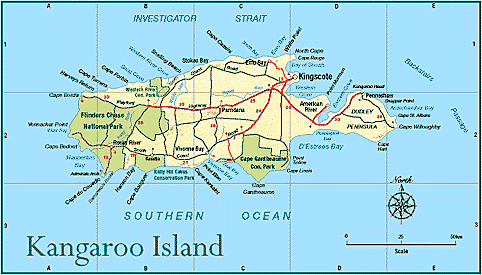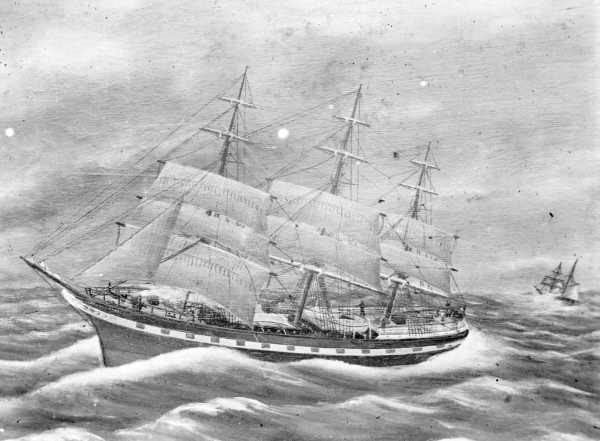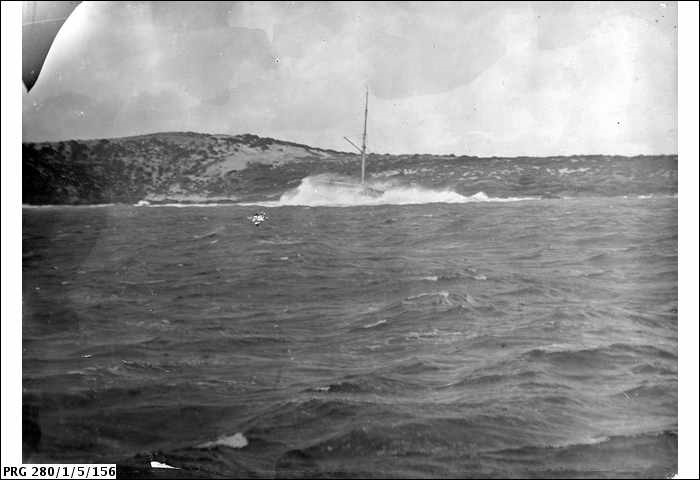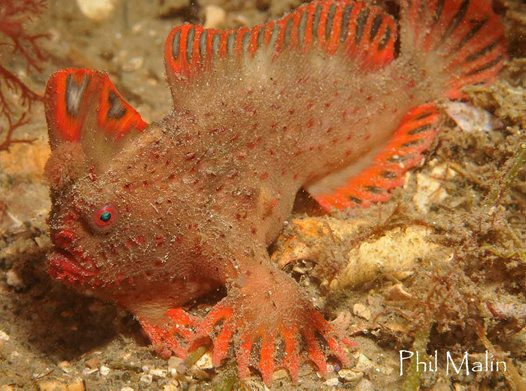Kangaroo Is 
The Pages
15-30M
These small rocky islets are 15 kms offshore and 15km from Caper Jervis boat ramp. They are in a current prone and exposed area that is not a dive for novices. The reason for going to all this trouble is that it is an excellent dive in an area that is largely pristine. There are large schools of big fish of many species. Divers report large walls on the south island, up to 10m high and packed with marine life. The area is regularly patrolled by seals. A real explorer’s dive.
Snapper Point
40 m
This area offers unusually deep diving for South Australia, on spectacular reef walls. Snapper Point is the largest headland on the island. The area must be dived on a neap tide on a fine day, due to exposure to currents and inclement weather. boat dive, against a towering cliff face, is best done on the high tide to avoid strong currents. The walls have many ledges and small caves in 18M, packed with colourful sponges, soft corals, ascidians, gorgonians, nudibranchs, sea stars, basket stars, cuttlefish, crabs and cowries. On the western side of the headland there is an underwater archway. Reef fish to be seen include leatherjackets, morwong, perch, scorpionfish, wrasse, blue devilfish, old wives and harlequin fish. The drop-offs are regularly visited by schools of sweep yellowtail, pike and kingfish.
Penneshaw Jetty
6 m
Like many South Australian jetties, the pylons of the Penneshaw jetty are a worthwhile dive for photographers or naturalists. Shallow, safe and easy the dive offers plenty of photographic opportunities with colourful gorgonians, sponges, soft corals, ascidians, anemones, sea stars, cowries, nudibranchs and cuttlefish. The fish population includes goatfish, morwong, garfish, tommies, trevally, salmon, mullet, large silver drummer, leatherjackets, zebrafish, cowfish and wrasse. The dive is perhaps even better at night when shells, brittle stars and octopi are active.
Kangaroo Head
12 m
This is a moderate depth easier dive on weedy reef to 9M, thereafter there is plenty of good marine life, including leafy sea dragons, boarfish, perch, morwong and much colourful invertebrate life. One of the best places to view Leafy Sea Dragons on the Island.
Kingscote/Nepean Bay
5 – 7m
There is plenty of shallow weedy reef diving around the bay, and as an interesting curio, an old wrecksite. Unfortunately much is buried under the sand, although iron ribs protrude from the bottom. Her anchors can be seen, in seven metres. The “Fanny M” was a 159.3 ft long composite wood-iron barque of 678 tons. She was built in New Brunswick, USA, in 1877. In 1884 she was under the command of Captain Stockton when she went ashore in strong winds. Coal was jettisoned in an attempt to refloat her but she remained fast until destroyed by a fire in mysterious circumstances two days later.
Cape Torrens
40M
At 263 metres, Cape Torrens and Cape Forbin are the highest coastal cliffs in South Australia. This spectacular coastal scenery is matched underwater with deep spectacular drop-offs packed with marine life including yellow zoanthids, gorgonians, sponges, soft corals, anemones, bryozoans and ascidians. Fish are abundant including blue gropers, kingfish, blue devilfish, sea dragons, boarfish, morwong, and perch. Seals and dolphins occasionally also buzz divers.
Portland Maru Shipwreck
Depth 16m

The 5,865 tons steel ship was built Kobe, Japan in 1919. In March 1935, the Portland Maru had loaded wheat and was at sea when a list developed. The captain decided to make for Port Adelaide for repairs. By the time she rounded Cape Borda Portland Maru was settling heavily by the head, the main decks were awash. The weather was deteriorating and the bagged wheat in the holds was swelling and placing tearing the hull apart. She beached on Kangaroo Island and the crew were saved. The remains of the Portland Maru are slightly west of the cliffs of Cape Torrens and 500 metres from the shore. Parts of the rusting hull are visible onshore. The hull is broken up on the seabed encrusted with sponges and coral. The most recognisable parts are the 2 boilers and the steam engine. There is a large number of fish, including Snapper, Old Wives, Boarfish and Blue Devils. Portland Maru is the largest wreck on Kangaroo Island. Western River Cove 18 M The outer edge of this rocky cove, on the west side of the beach, is an interesting shore dive. In the deeper parts weed gives way to sponges. The sheltered crevices contain nudibranchs and blue devilfish, blue gropers, cowfish and old wives are common.
Loch Vennachar Shipwreck
16m
GPS approx 35deg 53` 05″ S 136deg 32` E  Vennachar Point is located on the extreme west of and end of Kenya Island in the southern part of South Australia. It is named after the Loch Vennachar, a sailing vessel that disappeared in 1905. The 1,500 ton clipper was on a journey from England and disappeared between the Neptune Islands and Port Adelaide. Some debris was found but it was not until 1976 that the wreck was found on the western tip of Kangaroo Island, just north from the entrance into West Bay. Much of the shipwreck still lies on the rocky bottom, below 100-foot cliffs. It seems like the ship ploughed into the cliffs at full speed in the night. All 27 of the crew died. This wreck is on the exposed southern coastline of Kangaroo Island and can only be rarely dived. The winch and piles of pig iron ballast, make up the majority of the remains.
Vennachar Point is located on the extreme west of and end of Kenya Island in the southern part of South Australia. It is named after the Loch Vennachar, a sailing vessel that disappeared in 1905. The 1,500 ton clipper was on a journey from England and disappeared between the Neptune Islands and Port Adelaide. Some debris was found but it was not until 1976 that the wreck was found on the western tip of Kangaroo Island, just north from the entrance into West Bay. Much of the shipwreck still lies on the rocky bottom, below 100-foot cliffs. It seems like the ship ploughed into the cliffs at full speed in the night. All 27 of the crew died. This wreck is on the exposed southern coastline of Kangaroo Island and can only be rarely dived. The winch and piles of pig iron ballast, make up the majority of the remains.
Fides Shipwreck
10 m
22 May 1860 the Finnish Barque Fides was wrecked near Snug Cove on the north coast of Kangaroo Island with the loss of 10 lives. The five survivors made a heroic three day trek to the Cape Borda Lighthouse for help. The Fides has now broken up in of water under the cliff face. Among the wreckage are a few bits of brass, bottles and cutlery. The reef itself, occupied by a variety of reef fish and invertebrates makes a good dive.
Snug Cove
20 m
The reefs surrounding the “Fides”, in 20+ metres, also house excellent marine life. Cliffs 200 m high tower above the waters of Snug Cove. The walls descend underwater, and these are include numerous gutters and ledges. Rock lobster, morwong, kingfish, boarfish, wrasse, leatherjackets, harlequin fish, cuttlefish and blue gropers are usually seen along the walls
Hanson Bay
5-10 m
Hanson Bay is on the exposed southern coast and can be dived from the shore but it is a long walk. Stingrays, huge sweep, salmon, trevally, blue groper, cuttlefish, drummer, morwong, bream, pike and abundant invertebrate species are found in the bay.
“Montebello”
15m

This steel, 2284 ton, 276.8 foot long barque was built in Nantes, France, in 1900. In 1906 she was on a voyage from Brest for Hobart, she was heading for Port Pirie to load wheat. Captain Alphonse Kervegan. Rough and misty weather set in and she was blown ashore on the south coast of Kangaroo Island at Stansailboom Rk. All the crew eventually reached the beach 100 yards away, but the barque was soon smashed into a total wreck. Her remains are well scattered. Items from the vessel are on display at the Kingscote Museum.
